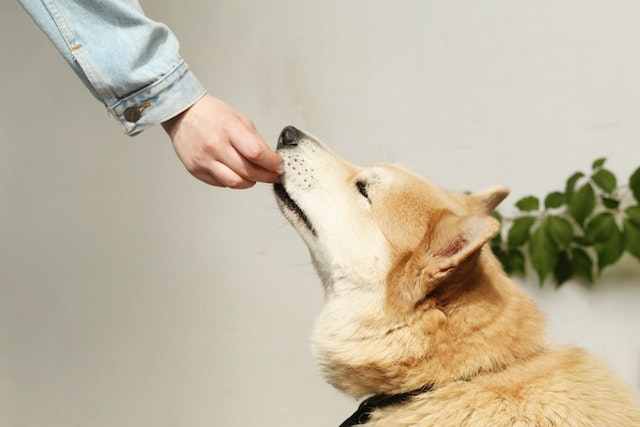Proper nutrition is crucial for your dog’s health and well-being, but determining the right amount of food to feed them can be a challenge. In this article, we will address frequently asked questions regarding dog feeding, including how much to feed your dog, factors that impact feeding amounts, the use of dog feeding charts, recommended dry food feeding amounts, feeding frequency, and the importance of portion control for your dog’s overall health.
How Much Should I Feed My Dog?
The amount of food your dog needs depends on several factors, including their age, size, activity level, metabolism, and overall health. It’s important to feed them an appropriate portion to maintain a healthy weight and avoid weight-related health issues.
To determine the right amount to feed your dog, consider their specific needs and consult with your veterinarian. They can provide personalized recommendations based on your dog’s breed, age, and activity level.
What Factors Impact How Much to Feed a Dog?
Several factors can influence how much you should feed your dog:
- Age: Puppies require more frequent feeding and higher calorie intake compared to adult dogs. Senior dogs may have lower energy requirements, so their food portions may need adjustment.
- Size and weight: Larger dogs generally need more food than smaller breeds. However, it’s important to avoid overfeeding and monitor their weight to prevent obesity.
- Activity level: Highly active dogs, such as those participating in sports or working dogs, may require more calories to support their energy expenditure.
- Metabolism: Some dogs naturally have a higher or lower metabolism, which can impact their food requirements. Monitor your dog’s weight and adjust their portion accordingly.
- Health conditions: Dogs with certain health conditions, such as diabetes or thyroid issues, may require specific feeding protocols. Consult with your veterinarian for guidance.
What are Dog Feeding Charts?
Dog feeding charts are useful tools provided by pet food manufacturers or veterinarians. They offer general guidelines on recommended feeding amounts based on a dog’s weight, age, and activity level. While these charts can provide a starting point, it’s important to remember that each dog is unique. Adjustments may be needed based on your dog’s individual needs and body condition.
Dry Food Feeding Amount (Cups)
| Dog Weight (lbs) | Feeding Amount (Cups) |
|---|---|
| 5-10 | 1/2 – 1 |
| 10-20 | 1 – 1 1/2 |
| 20-30 | 1 1/2 – 2 |
| 30-40 | 2 – 2 1/2 |
| 40-60 | 2 1/2 – 3 1/2 |
| 60-80 | 3 1/2 – 4 1/2 |
| 80-100 | 4 1/2 – 5 1/2 |
How Often Should I Feed My Dog?
The feeding frequency for dogs can vary based on their age:
- Puppies: Puppies generally require more frequent meals to support their growth and development. They may need to be fed three to four times a day, gradually transitioning to two meals as they get older.
- Adult dogs: Most adult dogs do well with two meals per day, although some may do fine with a single meal. The key is to establish a consistent feeding schedule that works for both you and your dog.
- Senior dogs: Older dogs may benefit from smaller, more frequent meals to aid digestion and prevent discomfort. Consult with your veterinarian for specific recommendations.
Why Does My Dog’s Food Amount Matter?
Controlling your dog’s food amount is essential for their health and well-being. Overfeeding can lead to obesity, which increases the risk of various health issues such as joint problems, diabetes, and heart disease. On the other hand, underfeeding can result in nutrient deficiencies and weight loss.
By carefully measuring and monitoring your dog’s food portions, you can ensure they receive the appropriate nutrition to maintain a healthy weight and support their overall health and longevity.
Conclusion
Feeding your dog the right amount of food is crucial for their health and well-being. Factors such as age, size, activity level, metabolism, and health conditions should be considered when determining the appropriate portion size. Dog feeding charts and guidelines provided by manufacturers can be helpful, but it’s important to tailor the feeding amount to your dog’s individual needs. Remember to consult with your veterinarian for personalized recommendations and to monitor your dog’s weight and body condition regularly.













